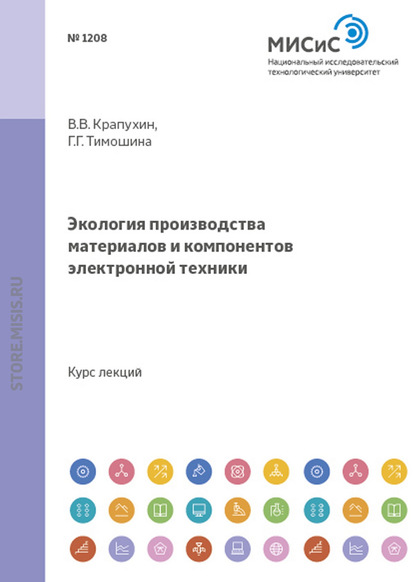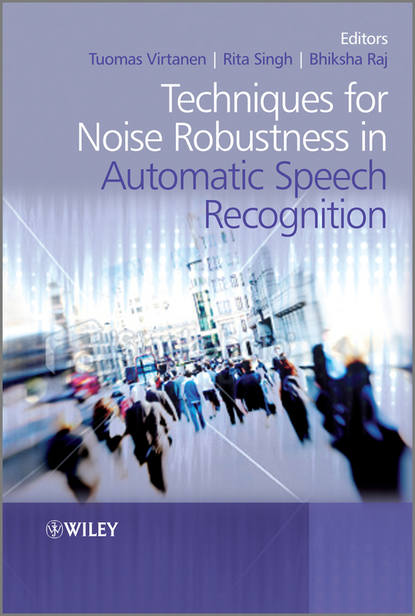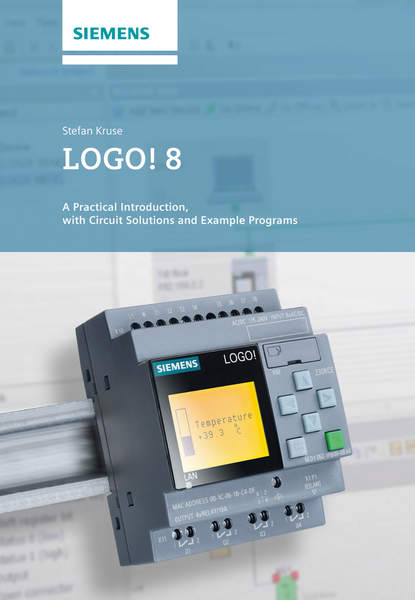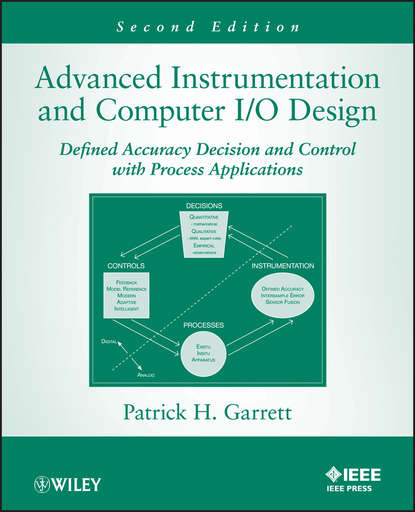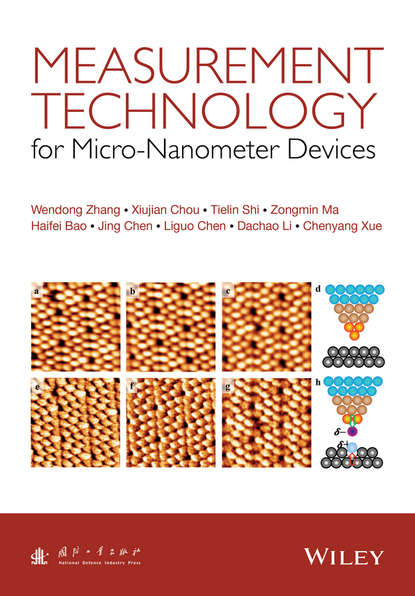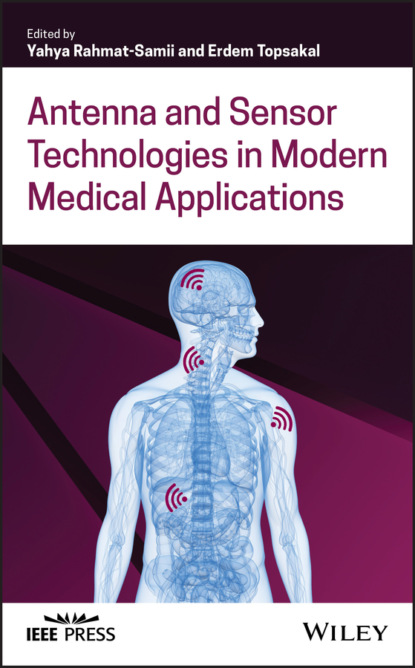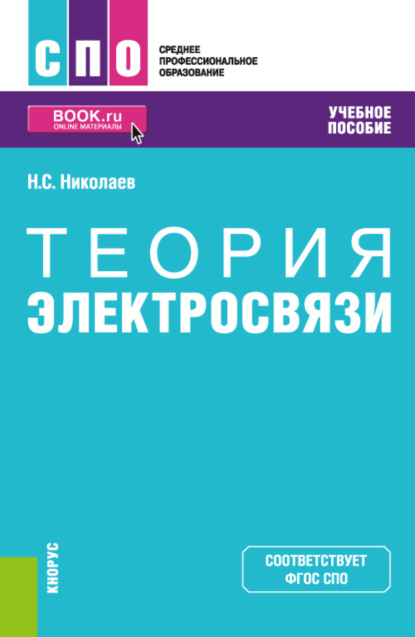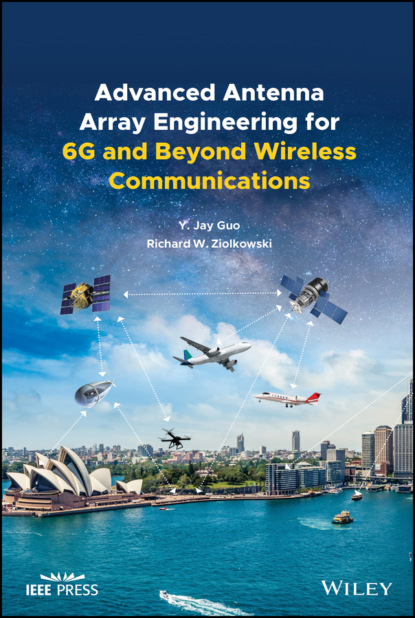Эта книга посвящена теме идентификации и датчиков, а точнее возможности сбора информации на расстоянии с помощью радиочастотных волн (RFID). В книге представлена технология чиплесс RFID, начиная с классических RFID и штрихкодов, и исследуется область идентификации и датчиков без проводов, батареек, чипов, с метками, которые можно даже напечатать на бумаге. Представлен метод автоматического проектирования UHF RFID меток, нацеленный на максимально возможную нечувствительность меток к окружающей среде (для повышения надежности расстояния считывания), или, наоборот, повышение чувствительности для создания датчиков, при сохранении уникального ID. Обсуждаются преимущества RFID, его многочисленные особенности, проводится сравнение с технологией штрихкодов. Затем представлена новая технология чиплесс RFID на основе предыдущих выводов. Предлагаются и обсуждаются оригинальные технологические подходы, демонстрирующие практический и экономический потенциал безчиповой технологии.
This book treats the subject of identification sensors specifically radio frequency identification (RFID) systems, then goes on to narrate on various examples of wireless identifying tags employing radio waves, this was initiated for instance RFID tiny bar tattoos, and ultimately ends by examining viable practical alternative free from wires and batteries with sensors. It engages for tech such as automatic creation of ultra high frequency (UHF)-RFID tags that've probably been designed to be immune to environmental variations whether its signals can remain strong or not or else or thus be more immediate towards making sensing tags. This dissertation also delves deep regarding the benefit of RFID systems accompanying many distinct features and explores its interaction subsequently the familiar bar-code technology. At once, it deciphers the newest totally complete real world system RFID, built on this base of preceding abstracts. In addition to being useful, there's intricate coverall experience straddling all unique basic technological aspects to demonstrate both theoretical and practical throats of more recent RFID incarnation.
This book deals with radio frequency identification (RFID) and sensors. It explains how to collect information remotely using radio waves. The book starts with classical RFID and then moves on to contactless identification and sensor-less devices. There are tags that do not need wires, batteries or chips, and can even be worn on paper! The author also provides a method for automatically designing UHF (Ultra High Frequency) RFID tags to make them as resistant as possible to changes in the environment or, conversely make them very sensitive to produce sensors whilst maintaining their unique identification number (UID). The main advantage of using RFID is explained, alongside its many applications. There are also comparisons with barcodes. Finally, the book moves on to introducing the new technology of contactless RFID and its potential practical and economical uses.
Электронная Книга «Radio Frequency Identification and Sensors» написана автором Etienne Perret в году.
Минимальный возраст читателя: 0
Язык: Английский
ISBN: 9781119054078
Описание книги от Etienne Perret
This book deals with the field of identification and sensors, more precisely the possibility of collecting information remotely with RF waves (RFID). The book introduces the technology of chipless RFID starting from classical RFID and barcode, and explores the field of identification and sensors without wire, without batteries, without chip, and with tags that can even be printed on paper. A technique for automatic design of UHF RFID tags is presented , aiming at making the tags as insensitive as possible to the environment (with the ability to increase the reading range reliability), or, conversely, making them sensitive in order to produce sensors, meanwhile keeping their unique ID. The RFID advantages are discussed, along with its numerous features, and comparisons with the barcode technology are presented. After that, the new chipless RFID technology is introduced on the basis of the previous conclusions. Original technological approaches are introduced and discussed in order to demonstrate the practical and economic potential of the chipless technology.



